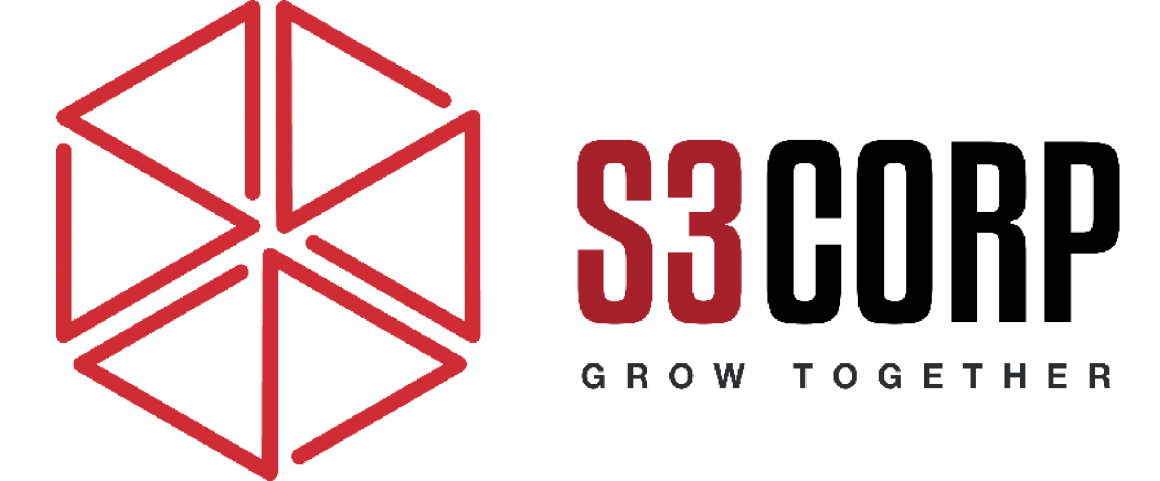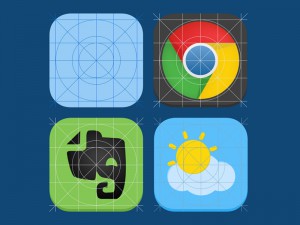UI, UX: Who Does What? A Designer’s Guide To The Tech Industry
— March 22, 2016Design is a broad term, encompassing a wide range of tasks and roles. When someone says, “I’m a designer,” it often leaves others wondering exactly what that person does.
Design-related roles span across various fields, such as industrial design, graphic design, and tech design. Within the tech industry, new roles have emerged, particularly as companies focus on creating interfaces for screens, such as websites and mobile apps. Titles like UX Designer and UI Designer can be unclear, even to those already in the design field.
This guide aims to clarify the differences between these roles and explain their responsibilities within the tech industry.
UX DESIGNER (USER EXPERIENCE DESIGNER)
UX designers focus on how a product feels. Their primary goal is to ensure a smooth and logical user experience. They tackle problems by exploring different approaches to solve a specific user challenge in web app development or mobile application development. A UX designer’s job often involves user testing, where they observe users and gather feedback on their behavior. By identifying both verbal and non-verbal feedback, they refine and improve the user experience. For example, they might work on creating a seamless onboarding flow for new users, ensuring the experience is intuitive and enjoyable.
The UX designer’s job description typically includes defining interaction models, user task flows, and UI specifications. They also work closely with creative teams to integrate visual elements into the user experience. At companies like Twitter, UX designers are responsible for communicating scenarios, end-to-end experiences, interaction models, and screen designs to stakeholders. Deliverables from a UX designer typically include wireframes, storyboards, and sitemaps, and they use tools like Photoshop, Sketch, Illustrator, Fireworks, and InVision for their work.
A UX designer might say, “We should show users the ‘Thank You’ page once they have finished signing up.” This statement highlights the UX designer’s role in optimizing the flow of a user’s journey.
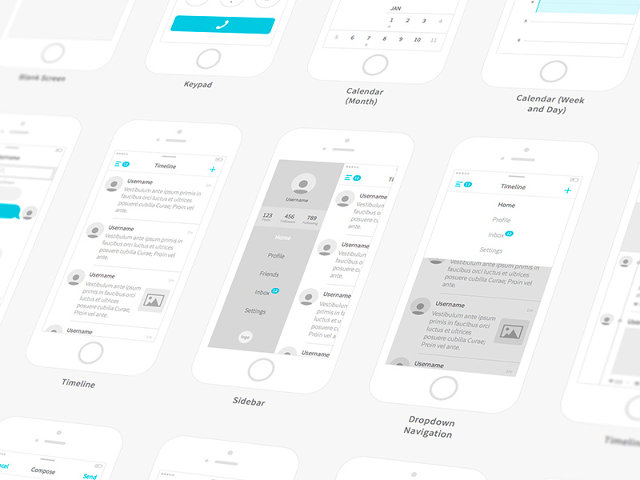
UI DESIGNER (USER INTERFACE DESIGNER)
According software outsourcing services company, unlike UX designers who are concerned with the overall feel of the product, user interface designers are particular about how the product is laid out.
UI designers are responsible for the visual layout of the product. While UX designers are concerned with the overall feel and flow of the product, UI designers focus on how each individual screen or page looks and interacts with the user. Their goal is to ensure that the product’s layout matches the UX design, visually guiding the user through the interface. For instance, when designing an analytics dashboard, a UI designer may prioritize important content at the top of the screen and decide the best way for users to interact with elements, such as whether to use a slider or control knob for adjusting a graph.
A key part of a UI designer’s work is creating and maintaining a style guide. This ensures that a consistent design language is applied throughout the product, from buttons to error states. At Airbnb, UI designers are responsible for conceptualizing and implementing the visual language across the site and for advancing site-wide style guides.
The line between UI and UX design can be blurry. Many companies combine these roles, allowing a single designer to handle both the layout and the user experience. Tools commonly used by UI designers include Photoshop, Sketch, Illustrator, and Fireworks. A UI designer might say, “The login and sign-up links should be moved to the top right corner,” showing their role in refining the user interface.
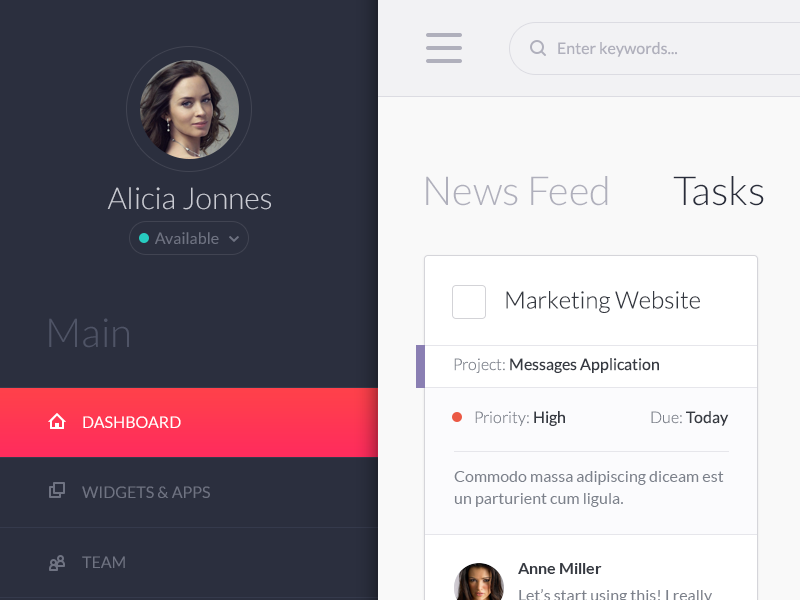
VISUAL DESIGNER (GRAPHIC DESIGNER)
Visual designers focus on the finer details, often referred to as “pushing pixels.” They concentrate on creating aesthetically pleasing icons, buttons, typography, and other visual elements. Unlike UX designers, who care about how users interact with the product, and UI designers, who focus on layout, visual designers are concerned with the look and feel of individual elements within the interface. They work meticulously, often at very high zoom levels in design programs like Photoshop, ensuring each pixel is perfectly placed.
Visual designers are not typically involved in creating user flows or interaction models, but they play a crucial role in ensuring the product’s visual language reflects the brand and enhances the user experience. At Google, for example, visual designers produce high-quality visual designs for web and mobile devices across a variety of resolutions. They focus on making a product not only functional but also visually attractive and in alignment with the brand.
A visual designer might say, “The kerning is off and the button should be 1 pixel to the left!” This illustrates their commitment to fine-tuning every detail to ensure that the visual experience is perfect. Tools of the trade for visual designers include Photoshop and Sketch.
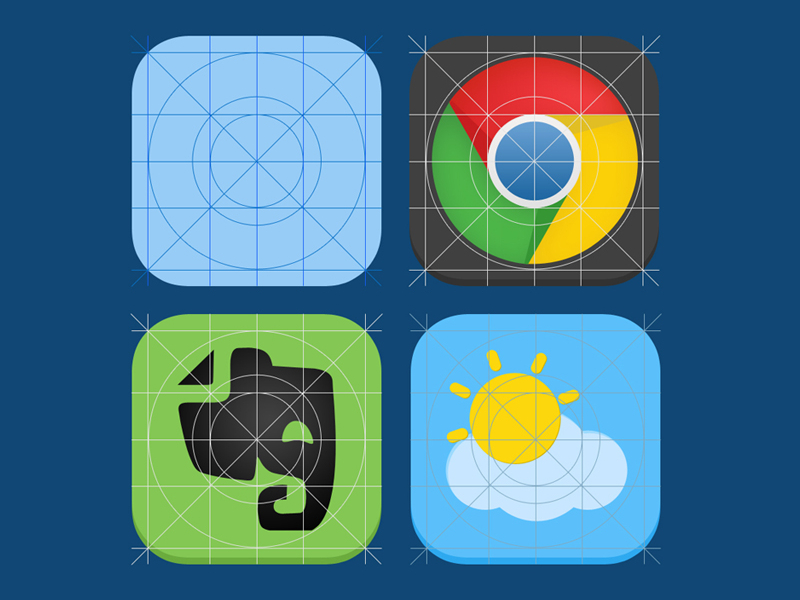
INTERACTION DESIGNER (MOTION DESIGNER)
Interaction designers, often referred to as motion designers, deal with how a product’s interface responds to user actions. While visual designers focus on static images, motion designers create animations that bring the interface to life. They are responsible for the subtle animations that guide users through interactions, such as how a menu slides in or how a button responds when clicked. Motion design is integral to providing visual cues that help users understand how to navigate the product. When done well, these animations enhance the product’s usability and overall user experience.
At Apple, for example, interaction designers are expected to be proficient in graphic design, motion graphics, and animation, with a deep understanding of materials, textures, typography, and color. They use tools like AfterEffects, Core Composer, Flash, and Origami to create motion designs. An interaction designer might say, “The menu should ease-in from the left in 800ms,” specifying the speed and direction of the animation.
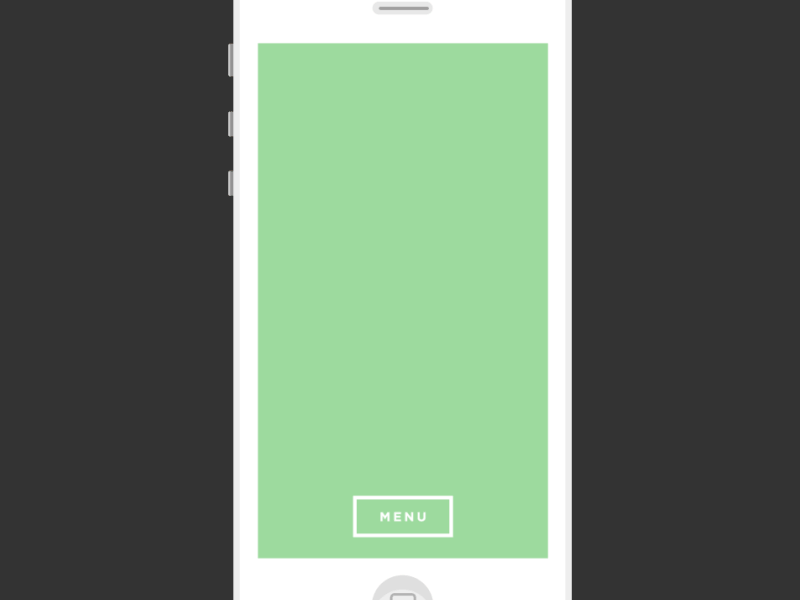
UX RESEARCHER (USER RESEARCHER)
UX researchers focus on understanding the needs of users. They answer the critical questions, “Who are our users?” and “What do our users want?” To gather these insights, UX researchers conduct interviews, surveys, and usability tests. They may also analyze market data to better understand user preferences and behaviors. This research informs the design process and helps guide designers in making decisions that align with user needs.
In larger companies, UX researchers are integral to the design process, as they provide data-driven insights that shape the overall user experience. At Facebook, for example, UX researchers work closely with product teams to identify research topics and design studies that address user behavior and attitudes. Deliverables for UX researchers include user personas, A/B test results, and user studies. They use tools such as microphones, paper, and documents to conduct research and gather data.
A UX researcher might say, “From our research, a typical user…” This indicates that their work focuses on understanding user behavior and using that knowledge to guide the design process.
FRONT-END DEVELOPER (UI DEVELOPER)
Front-end developers are responsible for implementing the design into a functional product. After receiving static mockups from UI designers, they translate these into an interactive, working product. This involves coding the interface using HTML, CSS, and JavaScript. Front-end developers also handle the implementation of interactions and animations, often working closely with motion designers to ensure smooth transitions and effects.
Tools for front-end developers include HTML, CSS, and JavaScript. A front-end developer might say, “I’m using a 960px 12-column grid system,” showing how they implement the layout in code. Their role is critical in bridging the gap between design and functionality, ensuring that the product is both usable and visually appealing.
PRODUCT DESIGNER
The role of a product designer is more fluid and can vary from company to company. In general, product designers are involved in the entire design process, from initial concept to final execution. They may handle tasks like front-end coding, user research, interface design, and visual asset creation. Product designers are often expected to be versatile, taking on multiple roles within the design team to ensure the product meets user needs and aligns with the company’s goals.
Product designers are often involved in both the conceptualization and practical implementation of a product’s design. They may conduct user research, design interfaces, and even code new features. This role requires flexibility and collaboration, as product designers often work closely with other team members, including UX researchers, UI designers, and front-end developers. In companies where this role is prominent, the goal is to encourage a holistic approach to product design, with the designer taking ownership of both the user experience and the visual design.
In summary, the roles within the tech industry’s design field are diverse and sometimes overlap. UX designers focus on the overall user experience, while UI designers work on the visual layout. Visual designers handle the finer details of design, interaction designers bring motion and animation to life, and UX researchers gather insights about users to inform the design process. Front-end developers translate designs into code, and product designers may wear many hats, managing the product’s design from start to finish. Understanding these roles helps clarify how each contributes to creating seamless, functional, and visually appealing tech products.
